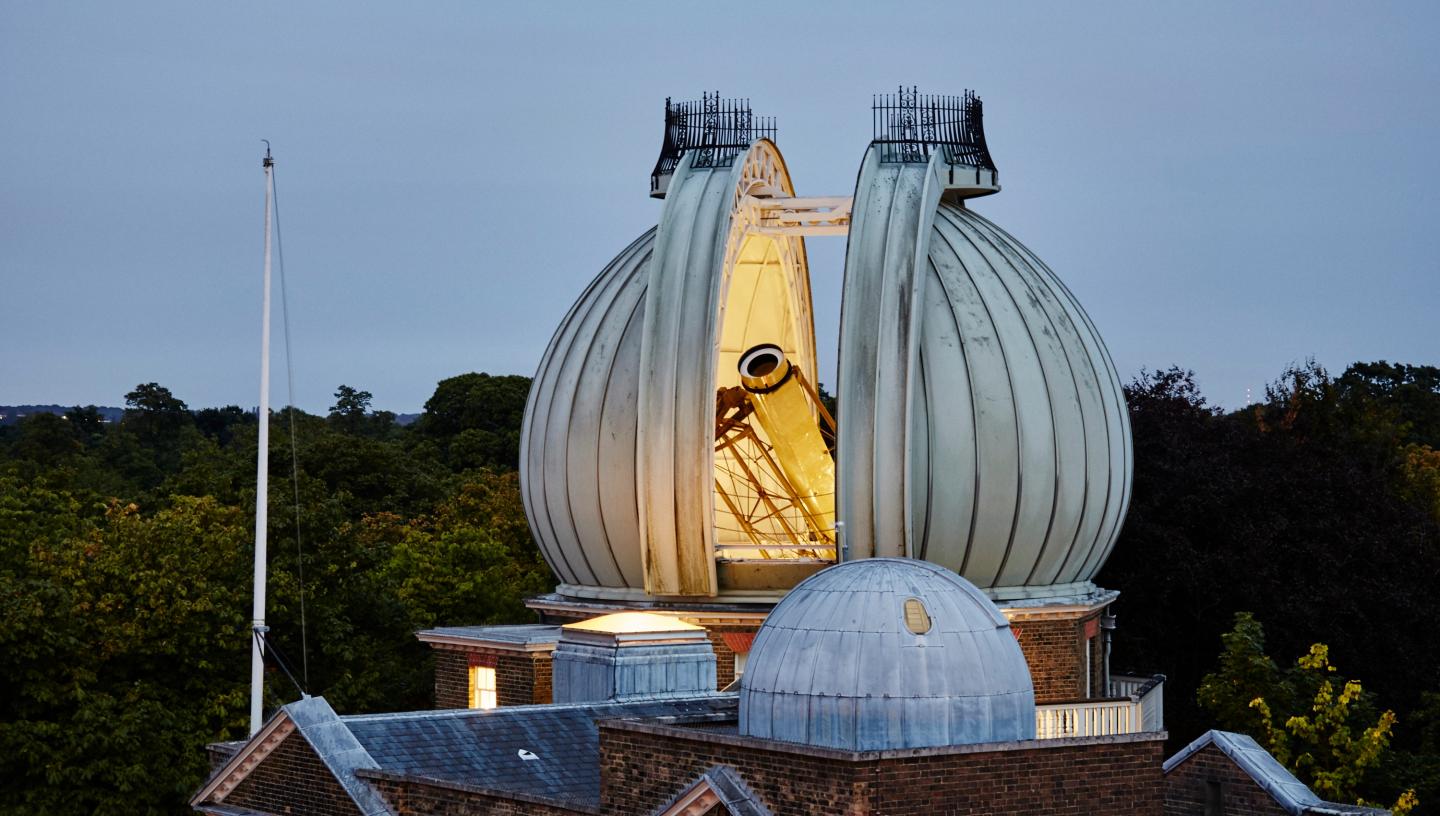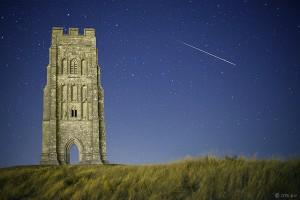
Essential Information
| Location |
Royal Observatory
|
|---|---|
01 Aug 2015
This month’s night sky highlight is the spectacular annual Perseids meteor shower, and there's plenty else to look out for as well. (Times given are for London and may vary for other parts of the UK.)

5 August – try finding Uranus next to the Moon after midnight in the eastern sky. You’ll need a telescope to find the very distant faint gas giant. It’s well worth getting hold of a telescope or good binoculars for stargazing – do check out our range of observing equipment recommended by Royal Observatory astronomers.
7 August – a last quarter Moon will be visible during the day, rising just before midnight the previous night and setting at 14.30 in the afternoon.
11-13 August – The Perseid meteor shower reaches its peak. This is the year’s most popular and spectacular meteor shower, and it’s been building up from mid-July. You may see up to 60-100 meteors per hour radiating outwards from the constellation of Perseus. We suggest going to a dark place away from city lights to look for them. The best time to look will be a few hours before dawn while the waning crescent Moon is below the horizon.
13 August – Comet 67P Churyumov-Gerasimenko reaches perihelion, meaning its closest approach to the Sun. On 12 November 2014 the European Space Agency (ESA) successfully landed a washing machine-sized probe called Philae onto the surface. 13 August – try and find the red planet Mars and the thin waning crescent Moon close together low in the eastern sky just before sunrise. Both will be rising with the Sun – we suggest looking for them at around 05.00 in the morning if you have a clear eastern horizon.
19 August – look for the thin waxing crescent Moon and the bright blue star Spica in conjunction low in the western sky just after sunset.
22 August – find Saturn and the first quarter Moon close together in the south, finally setting around 22.30. Also look for the bright pink/orange star Antares on the left.
29 August – Mars and Venus will be in conjunction low in the eastern sky at around 05.00. Catch them before the Sun pops up above the horizon. 29 August – later in the day, bring your camera to photograph the full Moon rising after 19.30 in the evening and finally setting around 07.00 the following morning. Catching the Moon around 20.00-21.00 allows you to observe the scattering and filtering effects of our atmosphere – the low-hanging Moon will be red/orange in colour like the sunrise. Don’t forget to share your pictures of the night sky and space with us on Twitter @ROGAstronomers or via Facebook.
Space and observation events at the Royal Observatory
The Sky Tonight live planetarium show – come on a fantastic tour of what you can see for yourself in the night sky, presented by one of our astronomers. Shows daily.